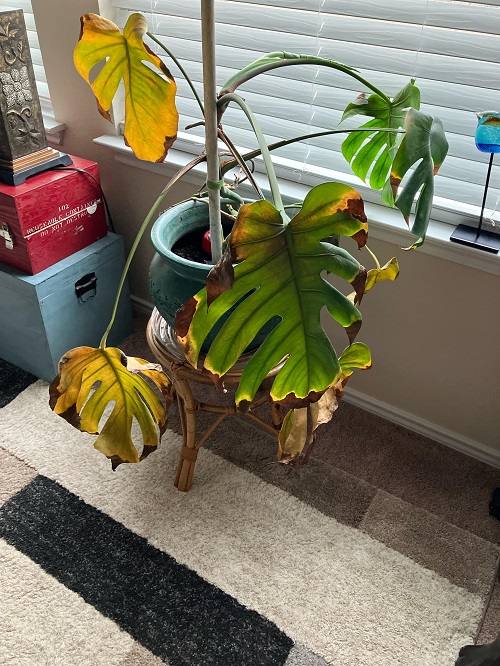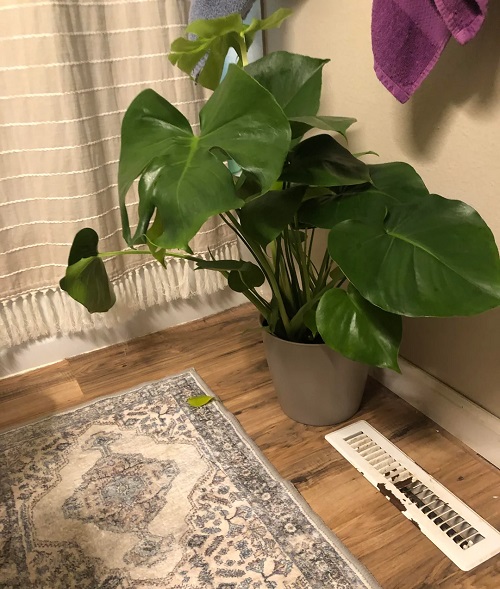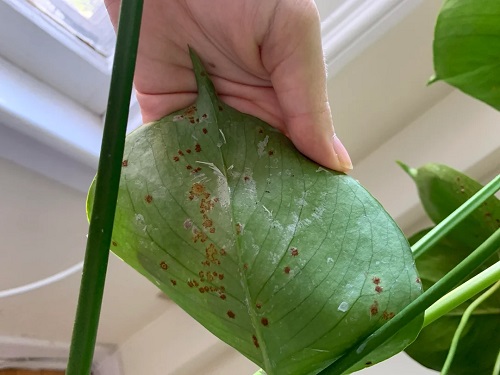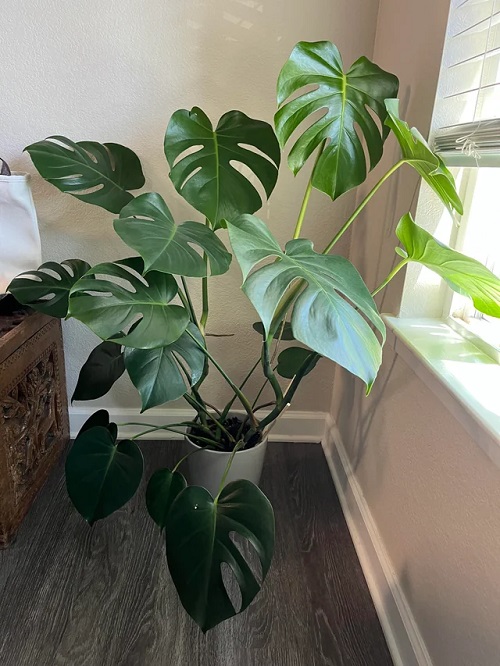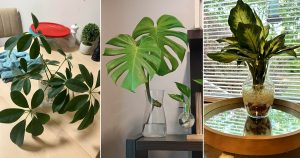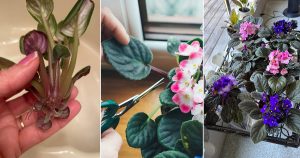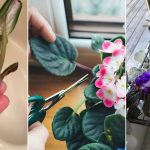Read about the Winter Mistakes that are Silently Killing Your Monstera Indoors and find out how to keep it healthy and hydrated, all season.
Many small mistakes slowly damage the plant in winter. The days get shorter, the air becomes drier, and the indoor environment changes more than we realize. A Monstera can survive these changes, but it needs the proper care. When you avoid common Winter Mistakes that are Silently Killing Your Monstera Indoors, the plant stays green, strong, and healthy.
Winter Mistakes that are Silently Killing Your Monstera Indoors
1. Keeping the Monstera in Low Light
Many people move their plants away from windows in winter to protect them from cold drafts. This puts the Monstera in deeper shade. The plant then receives much less light than it needs to make food. When the light drops too much, the leaves fade, growth slows, and the stems stretch out in search of brightness.
Monstera deliciosa grows best in medium to bright indirect light and can handle a few hours of direct sun. It does well in an east or west window, or in a south window with filtered light. It should not sit in strong afternoon sun, but an older plant can slowly adjust to it.
The plant can survive in low light, but it will grow slowly and may not develop its splits and holes. If you are unsure about the light level, you can use a light meter to check if your Monstera is getting enough light.
2. Overwatering During Cold Months
Overwatering is one of the most common winter problems. Soil stays wet for a much longer time when temperatures drop. Monstera plants drink less water during winter, so frequent watering causes the roots to stay soaked. This leads to root rot, yellow leaves, and a weak plant. Always check the soil before watering. Make sure the top part of the soil is dry. Water only when needed, not on a schedule.
3. Ignoring Dry Indoor Air
Indoor air becomes very dry when heaters run all day. A Monstera needs moisture in the air to keep its leaves healthy. When the air becomes too dry, the edges of the leaves turn brown. The plant also becomes more likely to attract pests.
Normal room humidity is fine for a Monstera, but it will grow better if the air is a bit more humid, around 40–60%. If your home feels dry, you can use a humidifier to maintain a steady humidity level. This helps the plant stay healthy and avoid dry or brown leaf edges.
4. Placing the Plant Near Heaters
Heaters give off dry, warm air that harms Monstera. When the plant sits too close to a heater, its leaves lose water faster than the roots can replace it. The soil also dries out quickly, and the plant becomes stressed. Move your Monstera away from radiators, vents, and space heaters.
Monstera deliciosa likes warm temperatures between 65°F and 85°F. Try not to let the temperature drop below 60°F, as colder air can harm the plant.
5. Forgetting to Adjust Fertilizer
Monsteras grow slowly in winter. When you feed them the same amount of fertilizer you use in summer, the roots become stressed. Extra fertilizer sits in the soil and may burn the roots. This leads to brown tips and weak growth. Reduce or stop feeding during winter. Start again when you see fresh growth in spring.
6. Leaving Dust on the Leaves
Monstera have large leaves that collect dust quickly. In winter, the dust builds up faster because windows stay closed and air circulation drops. Dust blocks sunlight and reduces the ability of the plant to breathe. Over time, this weakens the monstera. Gently wipe the leaves with a soft cloth. Clean leaves absorb more light and stay healthier.
7. Ignoring Early Signs of Pests
Winter is a common time for pests like spider mites and scale insects. These pests thrive in dry air and can spread fast when homes stay closed. Many people notice pests too late because the signs are minor at first. Check the leaves often. Look for tiny dots, sticky areas, or thin webs. Early care stops pests before they harm the whole plant.
8. Using Cold Tap Water
Cold tap water can shock the roots of the plant during winter. The monstera becomes stressed and may show droopy or yellow leaves. Let the water reach room temperature before watering. This small step helps the plant stay stable and prevents sudden temperature shock.
9. Not Rotating the Plant
Winter light is weaker and comes from a lower angle. When you do not rotate the Monstera, one side receives much more light than the other. This causes uneven growth and leaning stems. Turn the pot a little every week. This keeps the plant balanced and helps it grow upright.


